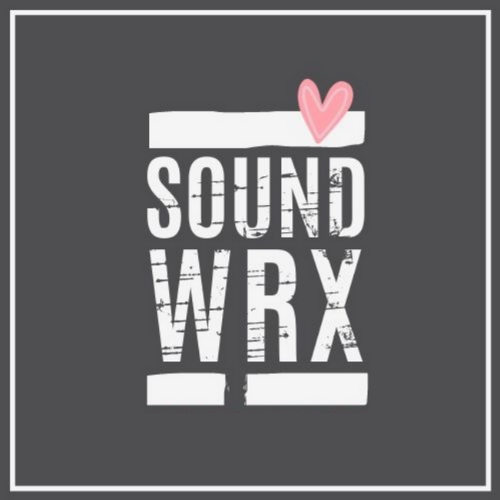A Better Way to Screen Hearing
It’s time we start listening to the research.
Our country has an epidemic of children who are either not proficient at reading or are illiterate. Averages from the last national “report card” showed over 50 percent of kindergarteners are at risk for having reading delays. Approximately 70+ percent of fourth graders do not have proficient reading skills. The numbers are staggering and the outcome could be tragic not only for the lives of these children, but for the economy of our nation.
Literacy experts have espoused the problem lies within the science of reading principles – yet no one can explain why more money and programs are not fixing the problem. In fact, it continues to get worse.
Most agree the primary foundation of reading begins with phonemic awareness. From there, the hierarchy of reading continues methodically. Yet, the very foundation is the part most kids struggle with making further progress impossible. It’s difficult to build without a foundation.
Most states require vision screenings when children start school, however hearing screenings don’t appear to be nearly as important. Fourteen states do not have any mandates requiring hearing screenings in schools and for all others, there is little standardization. Oklahoma is one of those states. Hearing screenings haven’t changed in 50 years and most states have no regulated practices across districts.
A contemporary hearing screening beyond four pure tones at 25dBHL should be performed by someone with auditory pathway knowledge and the ability to interpret a tympanogram. Phonemic awareness is an impossible task if the brain does not receive an authentic representation of the sounds being made. The brain can only interpret what it hears and if the sounds are being filtered or have jitter, then it’s impossible to learn to read using phonics.
Leave it to Harvey Dillon and Carolyn Mee to bring hearing screenings to the 21st century. They developed an app-based screener, Sound Scouts, that not only tests tones in noise, but speech in quiet and noise. They refer to this approach as a “functional” one which makes a lot of sense when you want to know if the child can hear the teacher in the classroom.
A child can pass an audiogram (hearing test) but still have problems along the auditory pathway making it difficult for them to understand simple speech sounds. These simple speech sounds are called phonemes and combines, make up words. The ability to associate a speech sound with a particular orthographic representation (in this case letters) gives rise to the ability to read. Without a strong foundation in phonemic awareness, children cannot learn to read or read well.
An important way to learn how a child’s auditory pathway is performing is to test their hearing in the presence of background noise. Understanding speech in noise is one of the hardest tasks for the brain to accomplish. Finely tuned molecular machinery in the cochlea has to pick up incoming sounds and digitize them into neural signals for the brain to decode. But the ear indiscriminately sends sounds to the brain, which has to tease apart the message from the noise. Cognitive abilities such as working memory and attention are crucial pieces of decoding these acoustic puzzles.1
Sound Scouts is an interactive program that only requires an iPad and pair of Sennheiser HD300 Headphones (approximately $50). This type of screener looks at several aspects of higher order processing to give a reliable and sensitive measure on how a child’s brain is hearing. Coupled with high frequency pure tones (4, 6, & 8 kHz) and a quick rhythm test – you’ve got a contemporary hearing screening that gives a lot of information about which kids may be at risk for reading problems and hearing loss.
Pure tone hearing screenings will not flag children at risk for reading problems unless they have a hearing loss. Even then, screening at 25dBHL will miss those kids with mild hearing loss.
For more information on Sound Scouts, reading Harvey Dillon’s 2018 article in the International Journal of Audiology, Hearing tests are just child’s play: the sound scouts game for children entering school.
https://pubmed.ncbi.nlm.nih.gov/29703099/
Kraus N, White-Schwoch T (2017) Neural markers of listening in noise. Hearing Journal. 70(7): 44-45. Clinical, Kraus N, SIN, and White-Schwoch T

